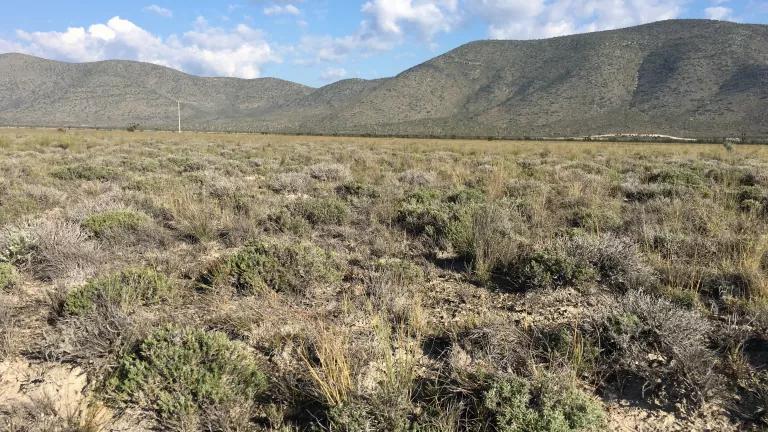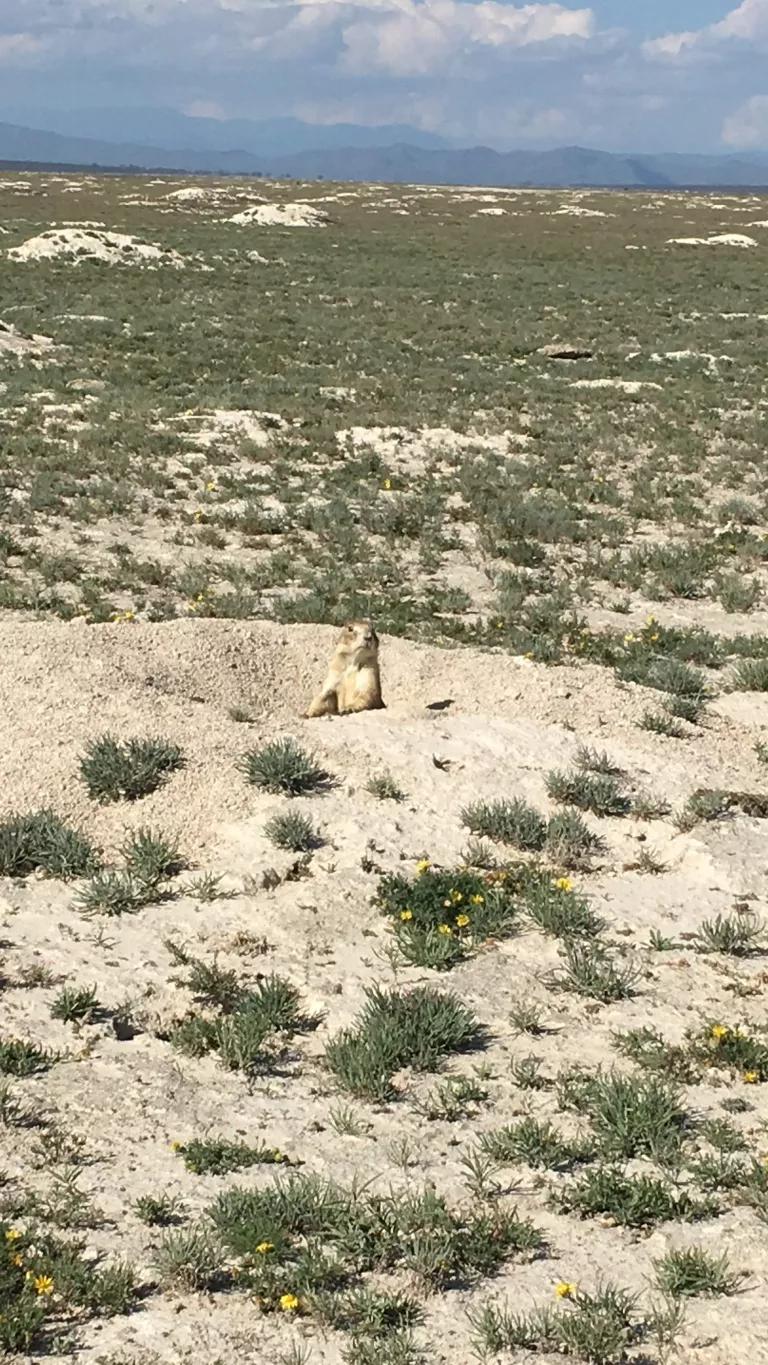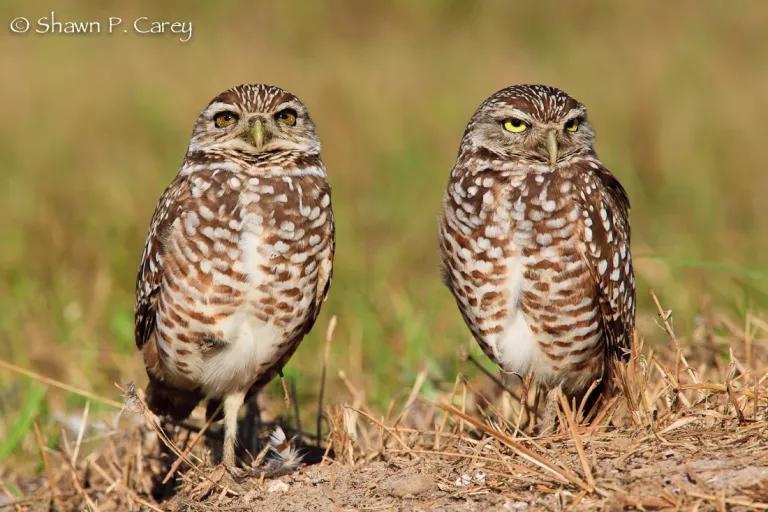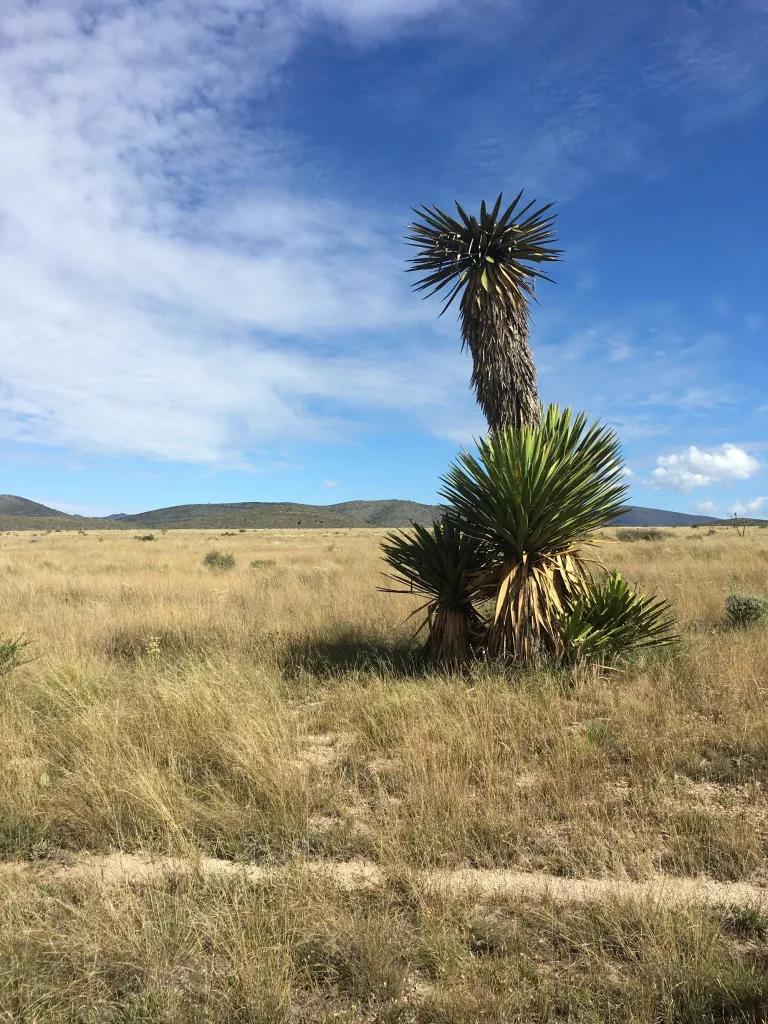A Nature-Based Solution: The Chihuahuan Grasslands

This blog was co-written with Andrea Becerra, Andrés Anchondo of ABC, and Gabriela Rendón Herrera of Pronatura Noreste
As we enter a new decade in which the environment is at the forefront of international conversation and preoccupation, nature-based solutions have come into the spotlight as a tool of climate change mitigation. One of our best defenses against the global climate crisis, natural climate solutions utilize landscapes to absorb and store atmospheric carbon dioxide (CO2). While CO2 is necessary for human life, large quantities of this greenhouse gas contribute to global warming.
Often overlooked for the headline-grabbing rainforests, grasslands play a fundamental role in sequestering carbon and recharging aquifers. Research indicates that grasslands can be more effective than forests at storing carbon in places prone to drought and wildfire. Indeed, grasslands around the world capture approximately 343 gigatons of carbon dioxide. One of the most important global grasslands lies in the Chihuahuan Desert, which spans the north-central region of Mexico, reaching into Arizona, New Mexico, and Texas.
The Chihuahuan Desert, the largest in North America, is home to over 5 million people, many of whom live on ranches or communal lands and work in agriculture. Local communities recognize and celebrate the importance of wildlife and their habitat. These grasslands, are one of the arid regions with the highest biodiversity in the world. In particular, the grasslands just south of the U.S. border in Janos and Valles Centrales (Central Valleys), in the state of Chihuahua, are considered among the best remaining desert grasslands in North America.

Janos and Valles Centrales are internationally recognized as a Grassland Priority Conservation Area (GPCA), as identified by the Commission for Environmental Cooperation. This designation is due to the high importance of the wildlife habitat found there. Janos is home to the only population of the endemic Mexican prairie dog, the largest breeding population of burrowing owls in the world, and other species including the black-footed ferret. Valles Centrales is home to the pronghorn and is the only GPCA in Mexico without any kind of legal protection.
These GPCAs are among the most intact and bird-diverse ecosystems remaining in the Chihuahuan Desert. After the breeding season, 90 percent of grassland bird species that breed in North America migrate to or through the Chihuahuan Desert and its unique grasslands in Mexico. Grassland birds as a whole across North America are experiencing the greatest declines of birds in the hemisphere, as recently published in Science, with a more-than-70-percent population loss over the last 50 years.

Despite their environmental importance, the grasslands in the Chihuahuan Desert face several threats. The region has undergone major transformations in the past 150 years, and the people, grasslands and species that inhabit it are at risk from expanding industrial agriculture, poor water management, unsustainable cattle grazing, invasive species, and extreme weather events caused or exacerbated by climate change.

Historically, grasslands have not only attracted wildlife but also industrial farmers. Between 2006 and 2010, cropland in the Valles Centrales increased by 69 percent, destroying 2,452 km2 of grasslands and displacing an estimated 1,000,000 grassland birds. The expansion of agriculture in Chihuahua is leading to the loss of native grasslands. Drought, climate change, and inappropriate ranching practices have pinched ranchers financially, forcing them to sell off their properties to farmers. Intensive agricultural practices have spread in the area, over-tapping local aquifers, bringing agrichemicals, and contributing to desertification – which all force traditional communities to relocate to cities. Experts estimate that, at the current rate of development and cropland conversion (6% annually), these grasslands will disappear completely by 2025.
Grassland preservation is critical for strengthening resilience in arid regions and for helping communities adapt to climate change. Luckily, grasslands do not need to be intact to be useful for carbon storage; rangeland used for cattle also sequesters significant amounts. Managed with regenerative grazing techniques, grasslands can capture tons of carbon per acre every year. Keeping ranchers on their land with sustainable grazing practices deters the spread of the crop land frontier that is destroying grasslands and over-exploiting water resources throughout the region. In the last decade, agricultural activities have continued in northern Mexican states, taking over expansive territories and hundreds of wells to extract high amounts of underground water. They produce crops such as green alfalfa, cotton, potatoes, and corn.
NRDC is partnering with American Bird Conservancy (ABC) and Pronatura Noreste (PNE) to restore and conserve grasslands in the Chihuahuan Desert. Together with our partners, we are working to raise awareness of grasslands’ importance and support habitat preservation and community resilience in these crucial areas.
To learn more about the Chihuahuan grasslands, take a look at our story map and follow #EnArmoníaConLosPastizales on Twitter, Facebook, and Instagram. Also be sure to check out our partners’ work, including this video on the importance of grassland species preservation from Pronatura Noreste and a blog from ABC.
